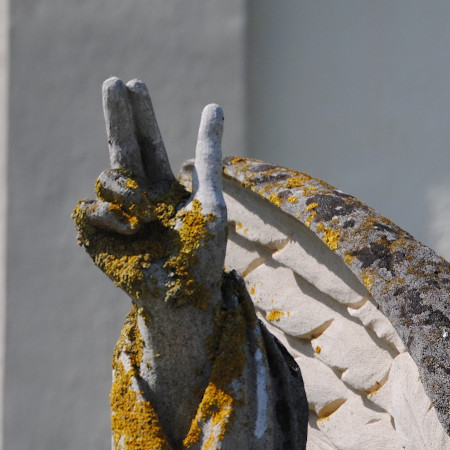The invocation is the first focus of our new Bible study – Worship Windows. In the New Year we’ll look at the different pieces of the Western Rite – the ancient outline of our worship service.
In the invocation we call upon our God to be present as we worship. To do so we simply say the name of our God. No one would say that the name of our God is simple. We worship a triune God – Father, Son, and Holy Spirit. That is easy to say, but impossible to explain. How can 1 + 1 + 1 = 1? It can’t. However, that is how our God describes himself. There are many who have tried to explain the trinity. Some have used analogies, but all of them limp. You can see a humorous example HERE when St. Patrick tries to explain the trinity.
One tradition that happens during the invocation is Christians of many different tribes crossing themselves. Some don’t think this is proper because is it seen as “Catholic” or wrong. Making the sign of the cross is neither commanded by our God nor forbidden by him. You might be interested to know that Martin Luther in his small catechism encouraged people to make the sign of the cross.
“In the morning, when you rise, you shall bless yourself with the holy cross and say: In the name of God the Father, Son, and Holy Ghost. Amen. Then, kneeling or standing, repeat the Creed and the Lord’s Prayer. If you choose, you may, in addition, say this little prayer” [which we know as Luther’s Morning Prayer]. He said the same for the evening prayer.
Also, in The Lutheran Hymnal (1941) this rubric, or instruction for the worshippers, “The sign of the cross may be made at the Trinitarian Invocation and at the words of the Nicene Creed ‘and the life of the world to come.”
During our baptismal rite we make the sign of the cross over the head and the heart of the infant being baptized to mark him as a redeemed child of God. During the invocation some Christians cross themselves as a reminder of their baptism.
Want to hear more? Watch this week’s lesson – the first from our new study, Worship Windows.
Please click HERE for the Bible class slides.
Please click HERE for the other lessons from our series Worship Windows.
.


